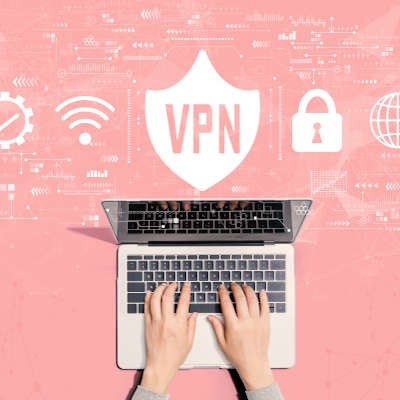SouthBridge Consulting Blog
As much as a business relies on its technology, it relies just as much upon its employees to properly put that technology to use. Unfortunately, this can very easily expose the business to various threats that involve their employees. Understanding these insider threats is crucial for a business, especially given how current events may tempt those who would never have considered them otherwise.
A virtual private network (also known as a VPN) is something that more and more businesses are using, especially now while most of the workforce is now working from home. As a means of encrypting data while it is in transit, the use of a VPN enables you to transmit assorted types of data more safely. Of course, not all VPNs are the same, and so you need to be careful to select the right solution for your needs.
Data is one of a business’ most important assets, and as such, it needs to be kept in such a way that it remains organized and utilizable. This has led to widespread use of databases in businesses, which has necessitated the use of database management systems. Let’s take a closer look at these systems, and why they are so crucial.
Most businesses that really lean on their IT go to great lengths and expense to keep those systems secure. Sometimes, however, all those firewalls and antivirus software don’t stop threats that come in from your staff. Today, we are going to go through the three different types of human error that your staff can undertake, and how to deal with each.
Data loss is no joke - and we’ve heard plenty of stories from people who have experienced it firsthand, when personal or business data was lost. We appreciate everyone who shared their experiences with us, and allowed us to post them here. First, we’ll tell the story of someone who learned something in college that wasn’t in the syllabus.
Don’t forget to share your own stories with us in the comments!
IT inventory management is the process of making sure that your information technology resources are maintained to be their most effective, such as what needs to be updated, which licenses need to be renewed, and whether your resources are helping you accomplish your organizational goals. It is essentially a fancy way of saying asset management, specific to your IT - and it is a very important process for any business.
You may not think much about managing mobile data, but if your business routinely transmits sensitive data over the Internet, you should. Today, businesses of all types are using the Internet as a tool to drive their sales and marketing processes, but they don’t often consider the threats that come in when they use it for productivity. Today, we will go over what a Mobile Information Management solution is, and how to leverage it for your business.
The more time that passes the more files your business accumulates. These files need to be stored in a place where your staff has access to them. Since a lot of today’s work is collaborative, finding the right file sharing and collaboration solution is extremely important for the growing SMB. Today, we will tell you some things you need to do to maintain efficient file management systems.
Managed services offer businesses an improved means of obtaining and managing the technology they rely on. With data being so important to the modern business, much of this technology is devoted to storing, securing, and leveraging this data. Working with a managed service provider can help a business get the most value out of their data management practices. Let’s go over how.
Businesses have a lot of data to protect and it’s not so simple as implementing a catch-all solution that can keep your data secure. In fact, it takes several solutions working in tandem to maximize data security. We recommend a combination of a unified threat management tool, a Bring Your Own Device policy, and a virtual private network solution. Let’s take a longer look at them:
Let me ask you a question… let’s say that you’re about one year from your projected retirement, when a ransomware attack encrypts all of your files. What do you do? Pack it in and retire early? This is precisely the situation that the practitioners of Brookside ENT & Hearing Services of Battle Creek, Michigan, have found themselves in - and it may not be over yet.
A database is an incredibly useful tool for organizing a lot of information in a relatively concise and accessible way. Did you know that you can use a relatively common program, Microsoft Excel, to generate a database for your business to use? For this week’s tip, we’ll walk you through this process to help you keep your data organized.
For the small business, being more efficient with resources can make a massive difference. In fact, it can be the difference between organizational sustainability and organizational failure. The bottom line is that, no matter how big or small they are, today’s businesses need to be smarter to compete. As a result, some businesses have begun to utilize data management platforms (DMP) in order to put themselves in a better position to understand their business, their market, and their customers. Let’s take a look at the DMP, and how it works to help businesses like yours be more effective.
The European Union’s General Data Protection Regulation (GDPR) has gone into effect, and with this new law comes a lot of information your organization needs to consider regarding individual data protection. In particular, the technology of blockchain is difficult to talk about in regard to GDPR, as it’s basically an encrypted and distributed digital ledger. How can blockchain work properly in tandem with the new GDPR regulations?




















